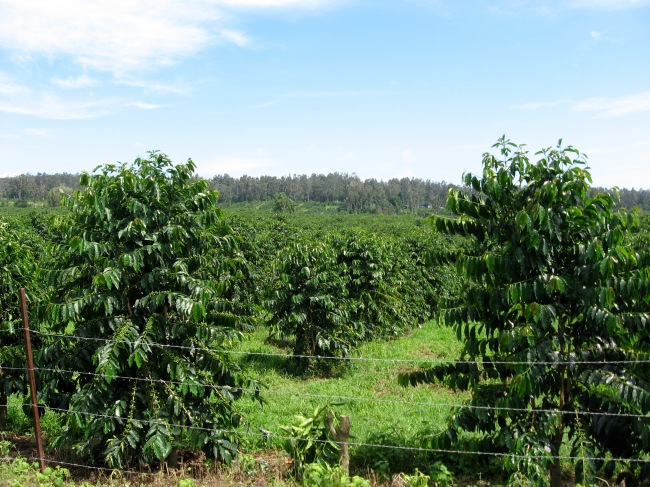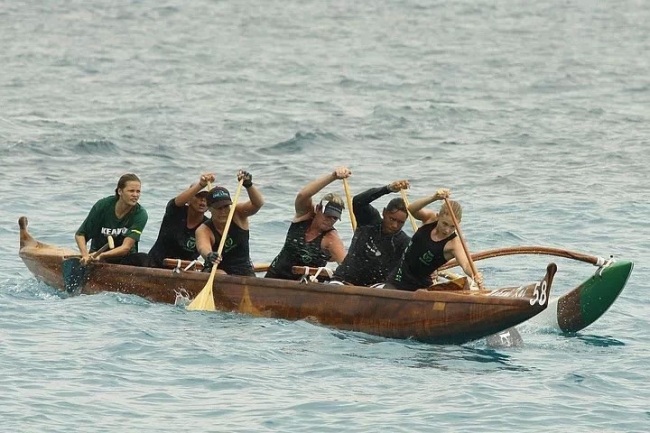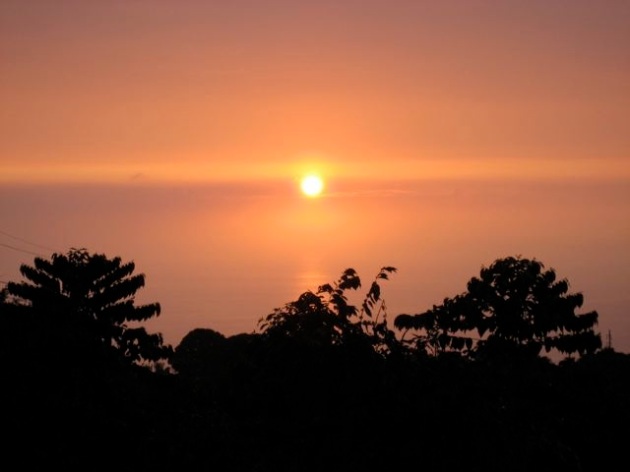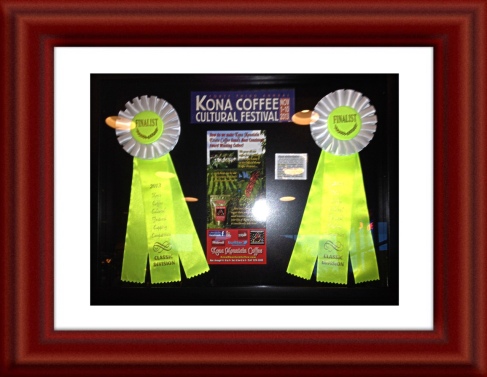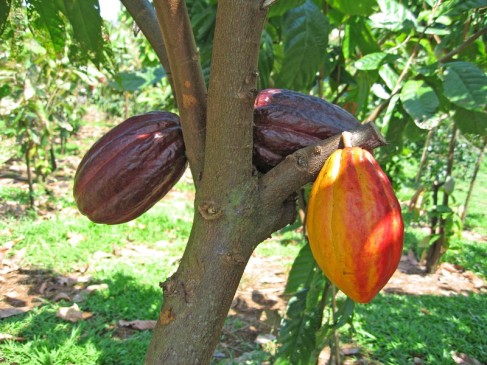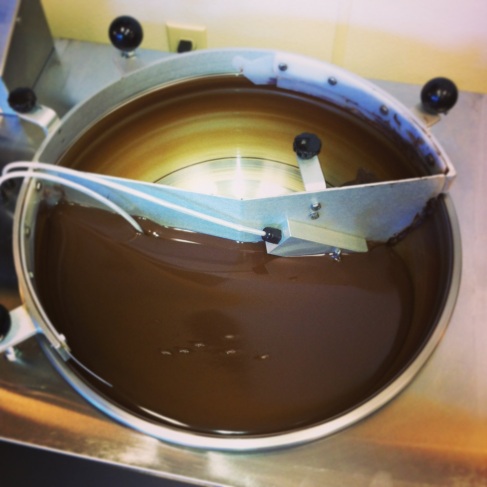Aloha! Spring has finally sprung. Hard to believe that it is April already! This morning in the pouring rain, Isla decided to run off to her favorite hole digging spot. When I found her tail deep and covered in mud it brought back memories of her and I on the Kona Mountain Coffee farm. When she was a “farm dog” we taught her to dig holes to help us plant the coffee trees and other things around the garden. However that idea has since backfired. Especially in the spring Isla gets “digging fever”.. 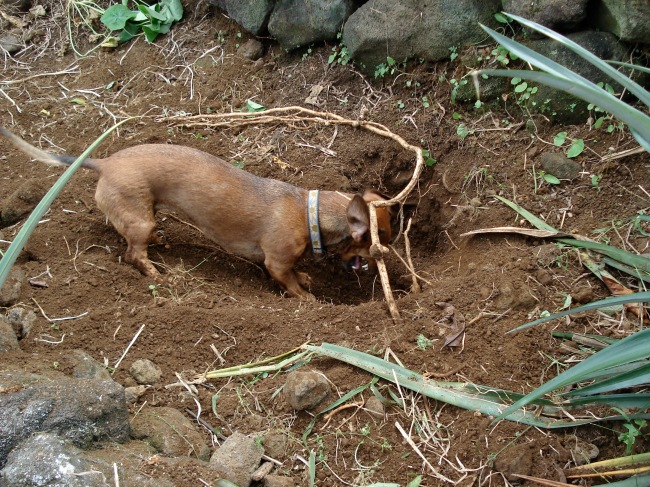
I will never forget the time she dug up a huge section of the garden that was all ginger and ‘olena (turmeric) root! Ugh… Speaking of o’lena, I have been working on a tea recipe to help with both inflammation and sleep. ‘Olena or turmeric is a beautiful golden orange root that is in the ginger family. It has been used for thousands of years in curries and also medicinally. Here are a few of ‘olena’s many health benefits:
– It is an antioxidant that reduces free radicals in the body.
– ‘Olena is great at reducing inflammation thus helps reduce pain in the body.
– It can also help moderate insulin levels and improve glucose control.
– It invigorates and improves blood circulation.
But hey, everything is better with Kona coffee right?! So I decided to add a little bit of cold brewed 100% Kona Coffee from KMC, the Private Reserve Dark Roast to be exact, and the result was delicious! It’s a savory yet sweet and spicy spring time drink taken from the Indonesian Sarabba recipe. Try it iced in the afternoons and at night, leave out the coffee for a soothing bedtime treat.
Ingredients:
– 2 cups unsweetened vanilla almond milk
– 2 teaspoons of ground dried turmeric
– 1 teaspoon cinnamon
– 1/2 teaspoon cardamon
– 2 slices of fresh ginger
– 1 Tbs of Honey (Add more or less depending of how sweet you like it. I added a little more once I put the coffee concentrate in it. Also try to use a creamy white honey like the kiawe white honey. However, any kind will work!)
– 3 oz of cold brewed Kona Coffee concentrate. (If you don’t have any concentrate handy, just brew a pot of very strong coffee and use that)
Put everything except for the coffee in a pot and simmer on low for about 15 minutes stirring it constantly. The trick is to not burn the milk.. Add the coffee at the end or leave it out. I stored mine in a mason jar after it cooled in the fridge. Enjoy and happy digging! Aloha 🙂

